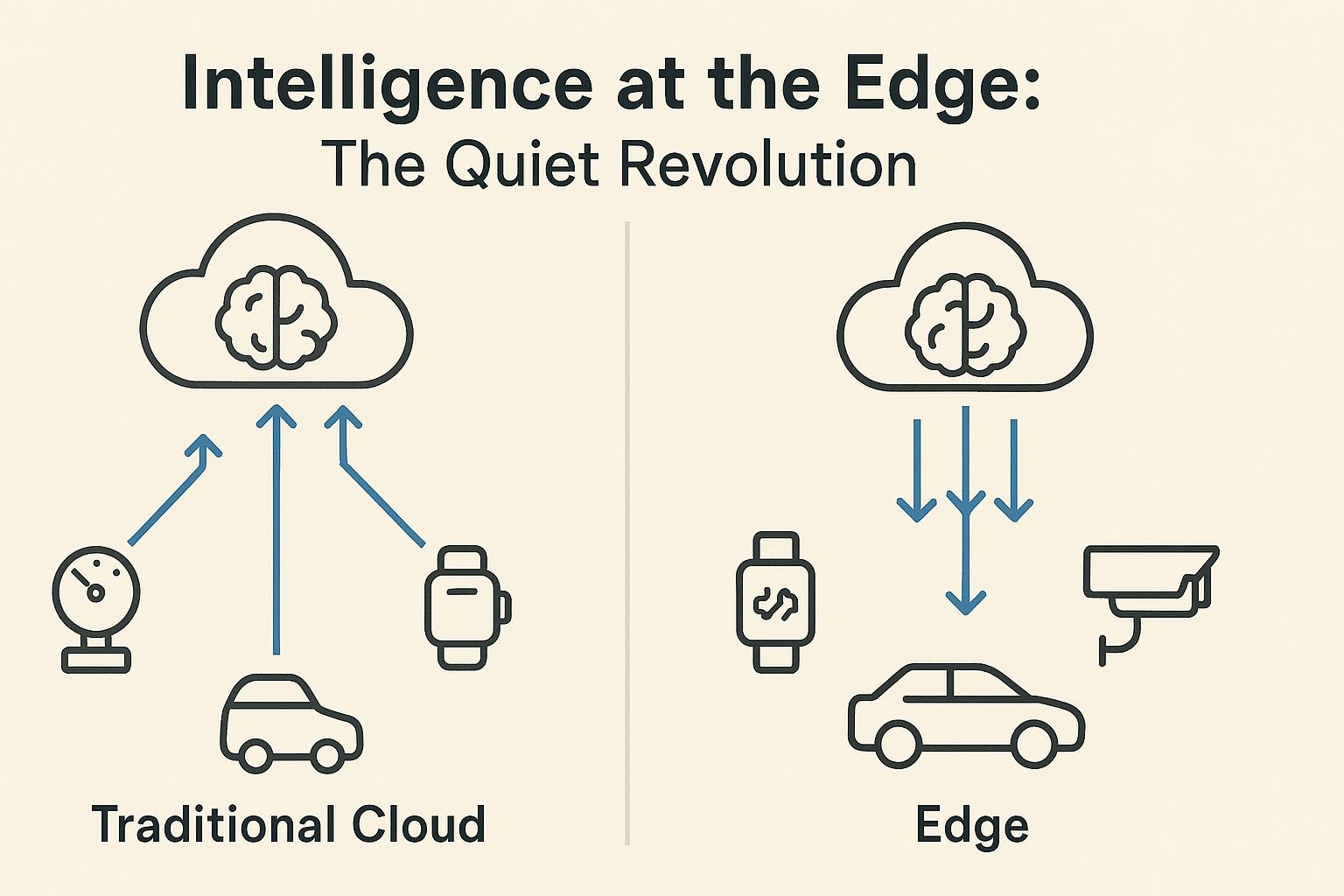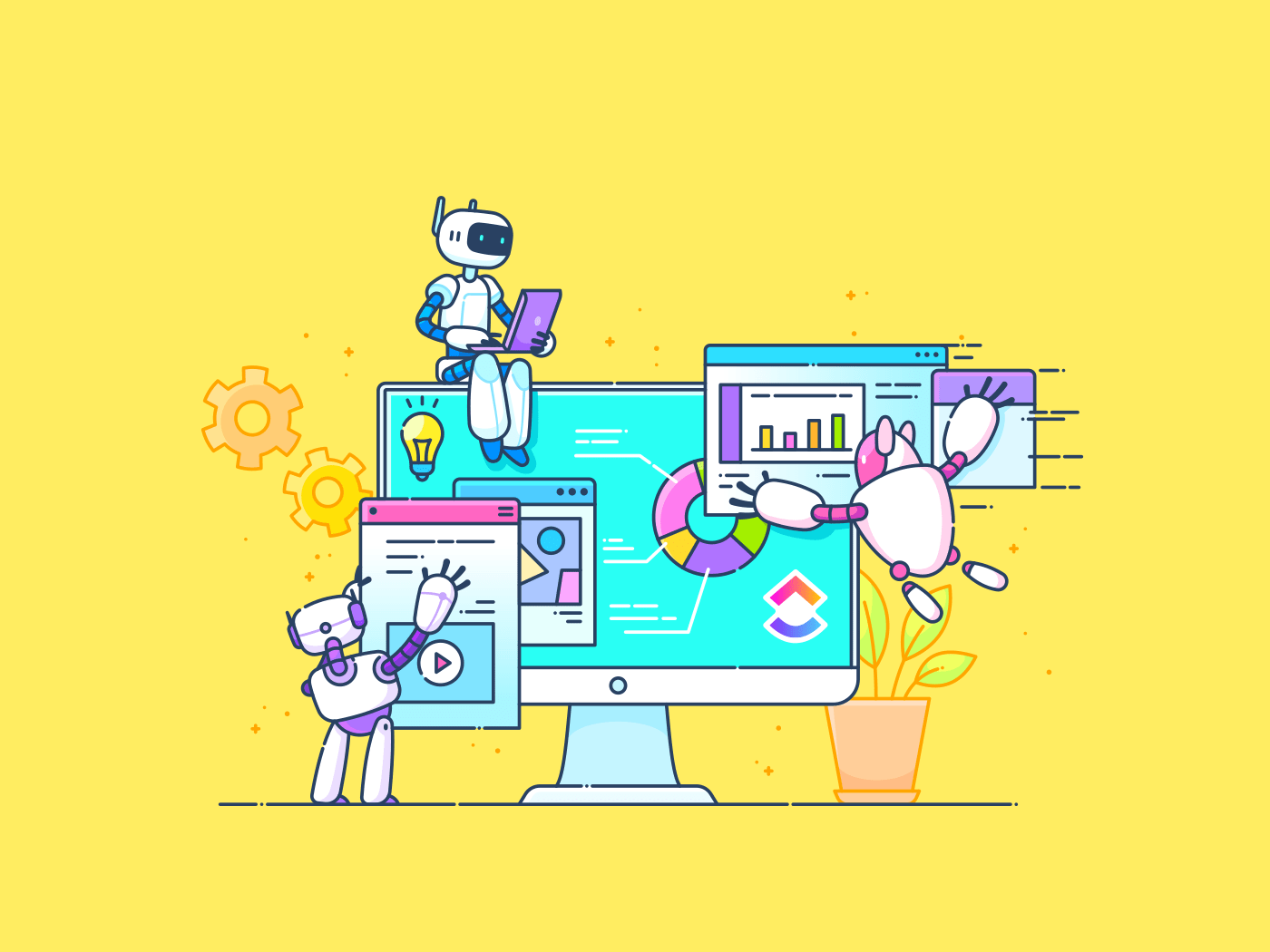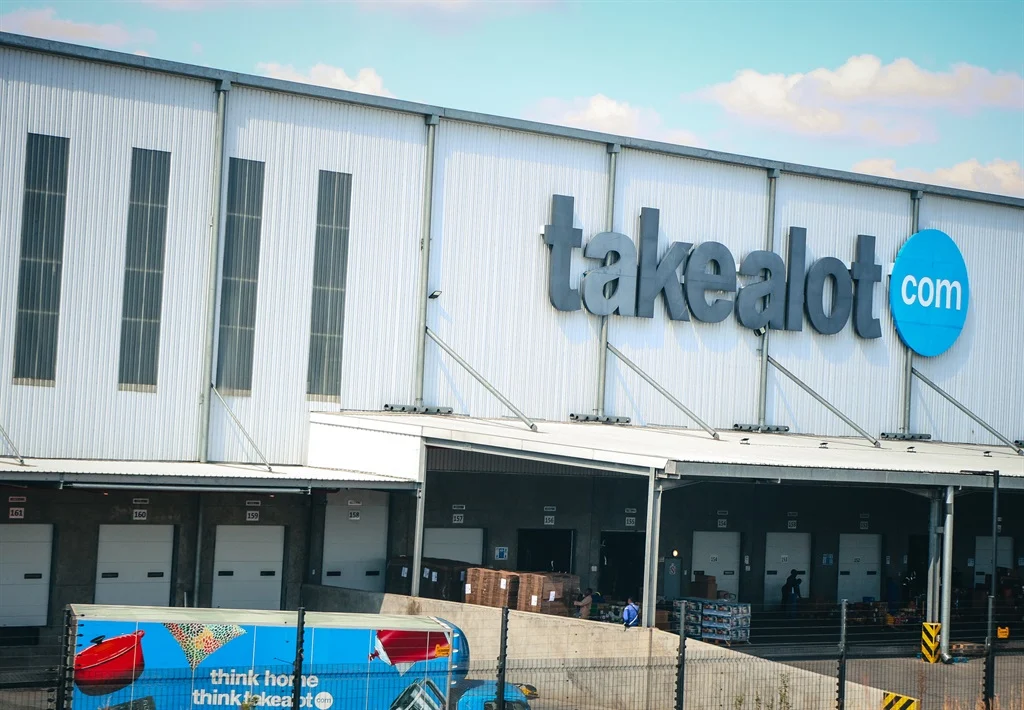While generative AI and LLMs dominate today’s headlines, a quieter but equally profound transformation is unfolding at the network’s edge. Edge AI agents—autonomous systems operating directly on endpoint devices—are fundamentally reshaping how we deploy intelligence. The implications for developers and architects are immediate and far-reaching.
What Are Edge AI Agents?
Simply put, Edge AI agents process data and make decisions locally on devices without constant cloud connectivity. A smartphone that recognizes speech offline, a factory sensor detecting anomalies, or a security camera identifying objects—all represent Edge AI at work.
The traditional data flow—collect at the edge, send to cloud, process, return results—creates bottlenecks that Edge AI eliminates:
- Latency: Mission-critical applications can’t tolerate cloud roundtrips
- Bandwidth: IoT networks generate volumes that overwhelm traditional infrastructure
- Privacy: GDPR and similar frameworks restrict unnecessary data movement
- Reliability: Essential systems must function during connectivity disruptions
Why Edge AI Is Surging Now
Four developments have converged to accelerate Edge AI adoption in 2025:
- Hardware maturation: Purpose-built AI accelerators (NVIDIA Jetson, Google Coral TPUs) now deliver high performance in energy-efficient packages
- Model optimization breakthroughs: Techniques like quantization and pruning can reduce model size by 50-90% for many architectures with minimal accuracy loss
- Growing market demand: The global edge computing market is expected to reach $206.77 billion by 2032 with a 36.9% CAGR from 2024, while the U.S. market is forecast to reach $7.2 billion in 2025
- Privacy imperatives: Regulations increasingly mandate local processing where possible
Real-World Impact: Beyond Theory
Edge AI is delivering measurable results across industries:
- Manufacturing: Modern automotive plants use edge-powered predictive maintenance systems that analyze vibration patterns locally, significantly reducing unplanned downtime and eliminating cloud dependency.
- Healthcare: Major medical centers deploy edge-enabled patient monitoring systems that process vital signs locally, enabling faster response to critical conditions while maintaining strict HIPAA compliance.
- Urban Infrastructure: Smart cities in 2025 use intelligent traffic management with embedded Edge AI, processing congestion data locally to optimize flow patterns and reduce commute times.
- Retail: Leading brands leverage in-store Edge AI for inventory management and customer analytics, providing real-time insights without sensitive data leaving the premises.
Architecture: How Edge AI Works
Implementation relies on three complementary approaches:
- Architecture-Specific Optimization: Quantization reduces numeric precision while pruning eliminates redundant connections. For vision models like MobileNet and EfficientNet, this can reduce size by 70-85% with minimal accuracy impact.
- Advanced Federated Learning: Devices improve collaboratively while keeping data local, enabling privacy-preserving intelligence that meets modern regulatory requirements.
- LLM Distillation for Edge: Smaller foundation models (1-7B parameters) are now being successfully deployed on edge devices for specialized tasks, bringing LLM capabilities to constrained environments.
Key Challenges to Overcome
Despite its promise, Edge AI faces four significant hurdles:
- Resource Constraints: Edge devices have limited processing power, memory, and energy
- Security Vulnerabilities: Distributed endpoints create expanded attack surfaces
- Standardization Gaps: Lack of unified standards creates interoperability issues
- Development Complexity: Balancing model performance with resource efficiency requires specialized expertise
Strategic Implementation Path
For organizations exploring Edge AI in 2025, follow these steps:
- Audit applications for workloads where latency, privacy, or reliability is critical
- Build hybrid architectures that balance edge and cloud capabilities appropriately
- Develop data strategies that account for distributed processing
- Start with focused pilots that demonstrate clear business value
The Future Landscape
Three key developments are shaping Edge AI’s evolution today:
- 5G/6G + Edge Computing: With 5G widely deployed and 6G on the horizon, these ultra-low latency networks are enabling new classes of applications from autonomous systems to immersive AR/VR experiences
- LLM-Powered Edge Intelligence: Foundation models optimized for edge deployment are bringing advanced reasoning capabilities to local devices
- Democratized Development: Mature frameworks like TensorFlow Lite and specialized platforms are making Edge AI development accessible beyond elite ML teams
Final Thoughts
The quiet surge of Edge AI represents a fundamental shift in how we deploy intelligence. As one senior architect put it:
“The cloud remains essential for training and orchestration, while the edge is becoming the primary execution environment for AI in time-sensitive applications.”
With the global edge computing market projected to reach $206.77 billion by 2032 and the U.S. market expected to hit $7.2 billion in 2025, organizations embracing this paradigm shift are unlocking capabilities impossible in cloud-only architectures.
The edge isn’t coming—it’s already here, quietly rewiring intelligence as we know it.
References
About the Author: I’m Jay Thakur, a Senior Software Engineer at Microsoft exploring the transformative potential of AI Agents. Combining experience building and scaling AI solutions across Microsoft, Amazon, and Accenture Labs with business education from Stanford GSB, I bring a unique perspective to the tech-business intersection. My mission is democratizing AI through accessible, impactful products that solve real-world challenges. As a speaker, educator, and emerging thought leader in the AI ecosystem, I share insights on frontier technologies including AI Agents, GenAI, quantum computing, humanoid robotics, and responsible AI development. Connect with me on LinkedIn and follow me on X.











